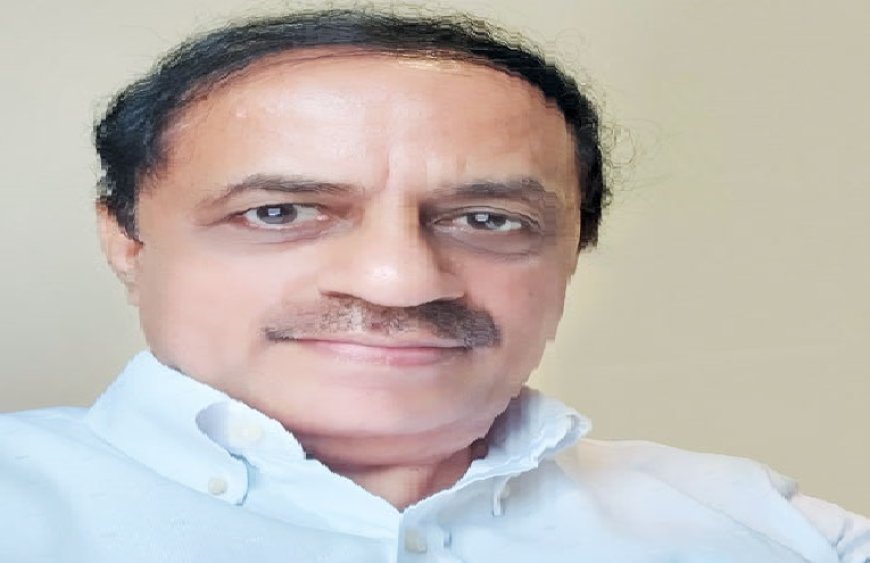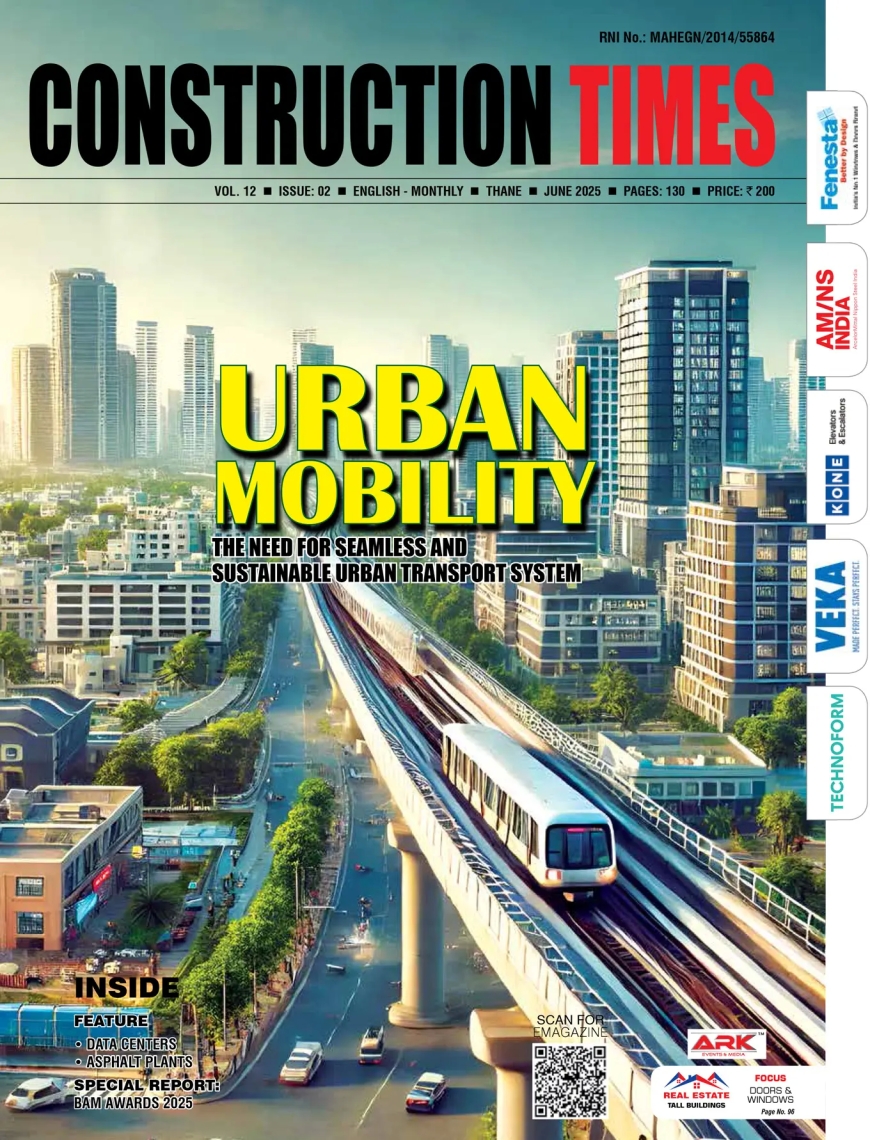Airports are suggested to be planned with long term and global strategies.
Nirmal G. Humbad, Managing Director, Dorsch Consult India How do you assess the current airport infrastructure developments in India? Airport infrastructure development is going through a challenging phase. Government and private sector together will spend Rs 980 billion in the next few years for airport development in the country as per reports and this shall

Nirmal G. Humbad
Managing Director, Dorsch Consult India
How do you assess the current airport infrastructure developments in India?
Airport infrastructure development is going through a challenging phase. Government and private sector together will spend Rs 980 billion in the next few years for airport development in the country as per reports and this shall create a huge opportunity. A lot of learning is happening because of the growth in the sector, also because of privatisation of the sector, which will lead to capacity building.
Delay in airport projects is a major challenge today. What are the measures needed to have the project execution back on track?
Use of modern project management tools like different software, Work Break Down (WBS) concepts to have benchmark and realistic schedules developed and then review to monitor at frequent intervals. Identify the backlog during such review and check the opportunities to overcome the backlog. More is the need to monitor execution of the project in case of PPP projects, keeping time-cost trade off in mind, since the concessionaire is bound to lose on revenue side in case of delayed projects.
What are the major design innovations happening in the airport projects? How is the company supporting in the creation of airports for future?
Capacities of components of the airport i.e. Air Side, Terminal Side and City Side, should not be dealt in isolation and these capacities have to be synchronised. There is a need to measure the capacities on continuous basis and identify the capacity constraints. Overcome these capacity constraints by brining innovations either by using technology or by innovative planning.
Consideration of life cycle costs, use of technology during construction and technology usage in the operations is essential.
Owners of multiple airports should no more treat individual airports in isolation but should take combined approach to leverage the benefits of multi airport ownership.
Strategising airports as a hub airport will help to leverage the investment made.
Which are the upcoming airport projects where the company plays a major role as a consultant?
We have recently completed traffic forecasting of greenfield airport of Bhogapuram (Vizag) and are working on Navi Mumbai International Airport on behalf of lenders. Also, working on Airport Authority's Dehradun airport project, where we are providing full project cycle services.
How do you visualise the further growth of Indian airports sector? What could be the key trends to look for?
Success of privatisation, financing of private airports, role of regulator, usage of technology, need to care about the passenger comfort, cargo side development, success of airlines, and participation of airlines in international traffic are some of the key issues one should watch.
Financing of airport: Airport financing is relatively new to lenders in India. Lenders need to have a first-hand exposure in order to assess airport financing proposals. Exposure of lenders to this sector is key to financing of this sector. Such exposure will fuel the airport privatisation process.
Macro to micro approach: With high growth of this sector, airports are suggested to be planned with long term and global strategies. Such global strategies or macro level planning then needs to be translated into micro level, for development of airports in a phased manner.
Hits: 0





